Steve & Joe Wilkins Master Airgun Smiths Since 1968.
The Wilkins PCP story started in the late 1960’s.
In 1968 they were producing Rifles for the own use made of Seamless Stainless Steel. They built a Twin Stage hand pump with a 48″ arm to pump a pressure of 6500 psi (448 Bar)
Joe & Steve tested this Rifle hydraulically using water at 12000 psi (827 Bar)
During these early years Steve worked with Joe his Father on all the PCP Rifles.
The Wilkins Family went on to Develop the much heralded Multi Shot PCP Rifle later Called The “PREDATOR in 1970. It went through much development right up to the 1980’s.
Steve Wilkins with his partners in 1976 Setup the Company called DayState. Steve Wilkins picked this company Name.
Steve moved away from DayState in 1977-78.
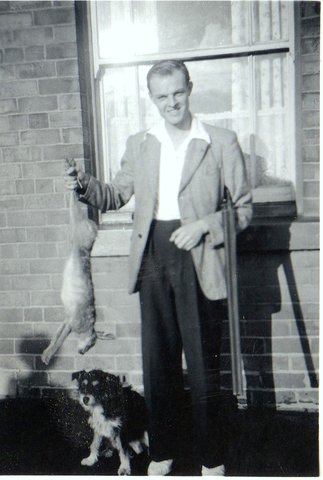
The Airgun Master Joe Wilkins 1955 been out with his shotgun.
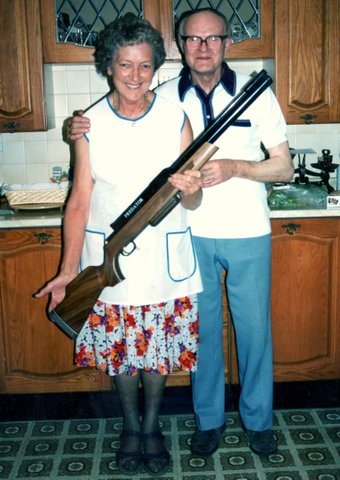
Joe & Doris Wilkins Proudly Holding The First Black Anodised Predator Rifle Early 1980’s.
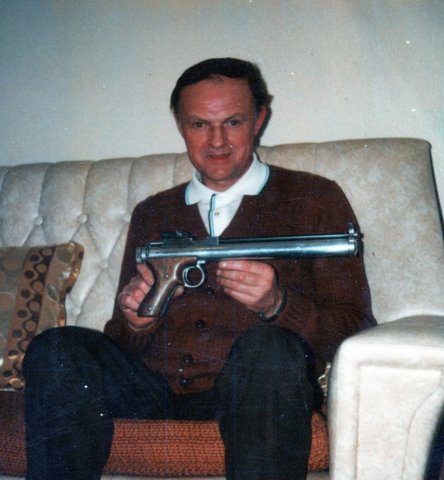
Joe Wilkins Proudly Holding one of his Stainless Steel Pistols 1973.
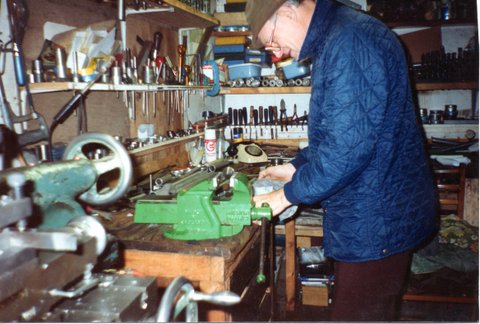
Air Gunsmith Joe Wilkins Working on parts for his Predator Rifle 1980’s.
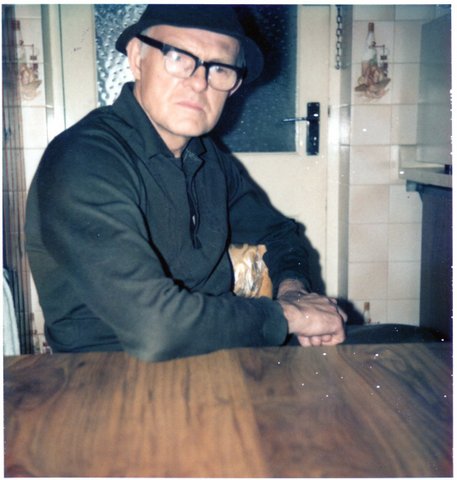
Master Airgun Smith Joe Wilkins Deep in thought 1978.
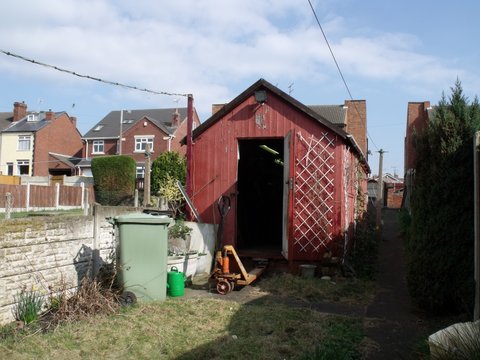
This where it all started in the Mid 1960’s in Joe’s small compact workshop in his garden at Pinxton Derbyshire UK. Joe Wilkins and his son Steve Wilkins worked all there spare time together on PCP’s….Father and Son the Inventors of Modern PCP Rifles & Pistols. In 1968 they built the first Modern Stainless Steel PCP Rifle. Steve built a hand pump to fill it with High Pressure Air. Steve was very young at school but had machining skills at an early age helping his dad in his workshop.

This is a Stainless Steel .22 PCP from the early 1969.
The stock came from a BSA Airsporter with a fill pressure to a Max of 6500 psi (448 Bar)
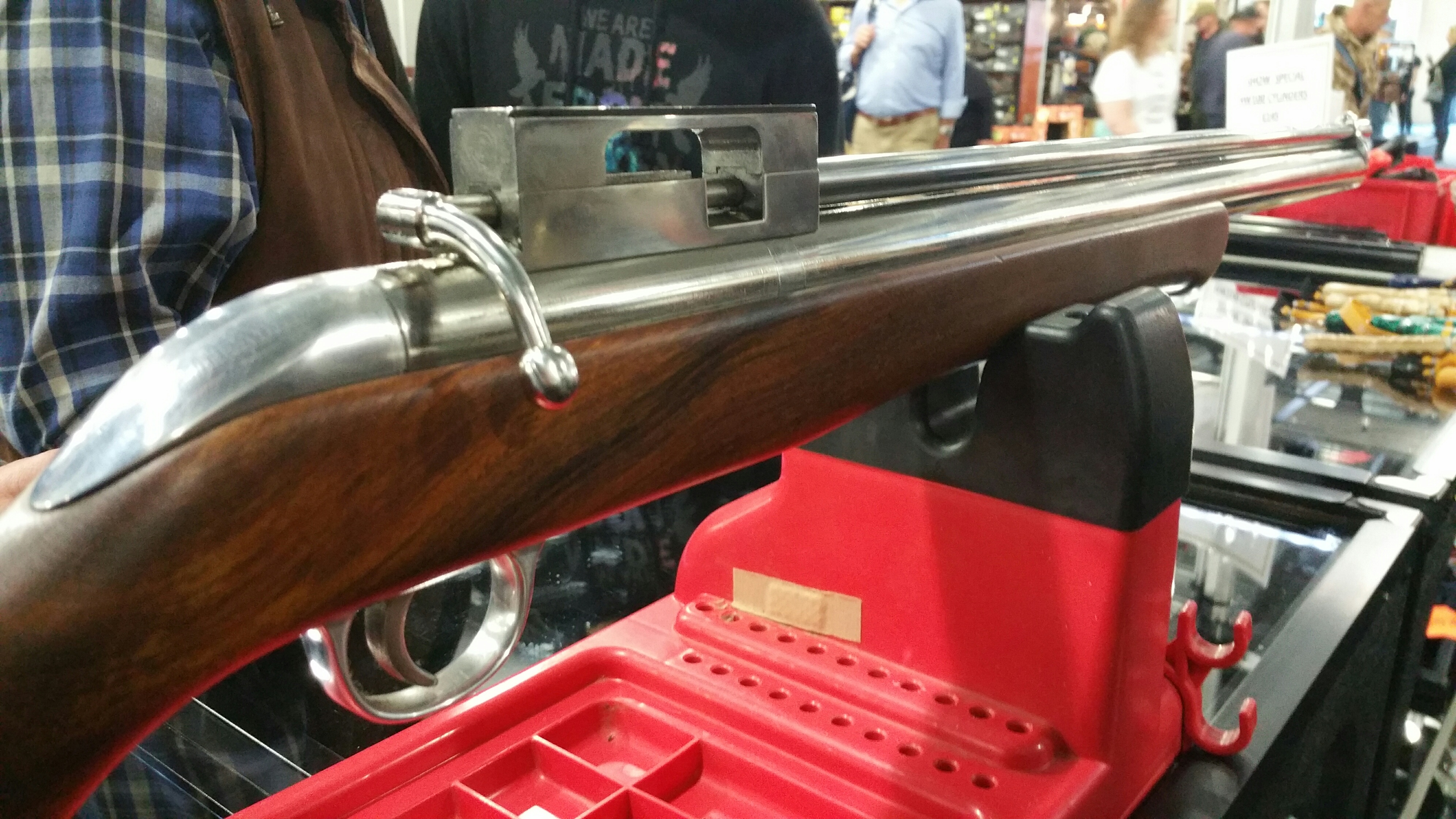
This is a 1970 Stainless Steel PCP Produced by Joe and Steve Wilkins.


PCP Mortar Rifle Steve Wilkins Designed And Built in 1976 for the British Army.

Prototype Dart Rifle Steve Wilkins Designed And Built in 1976.
This Rifle was pumped with the inbuilt lever in the for-end.
There was a need for Vets to sedate animals from a distance.
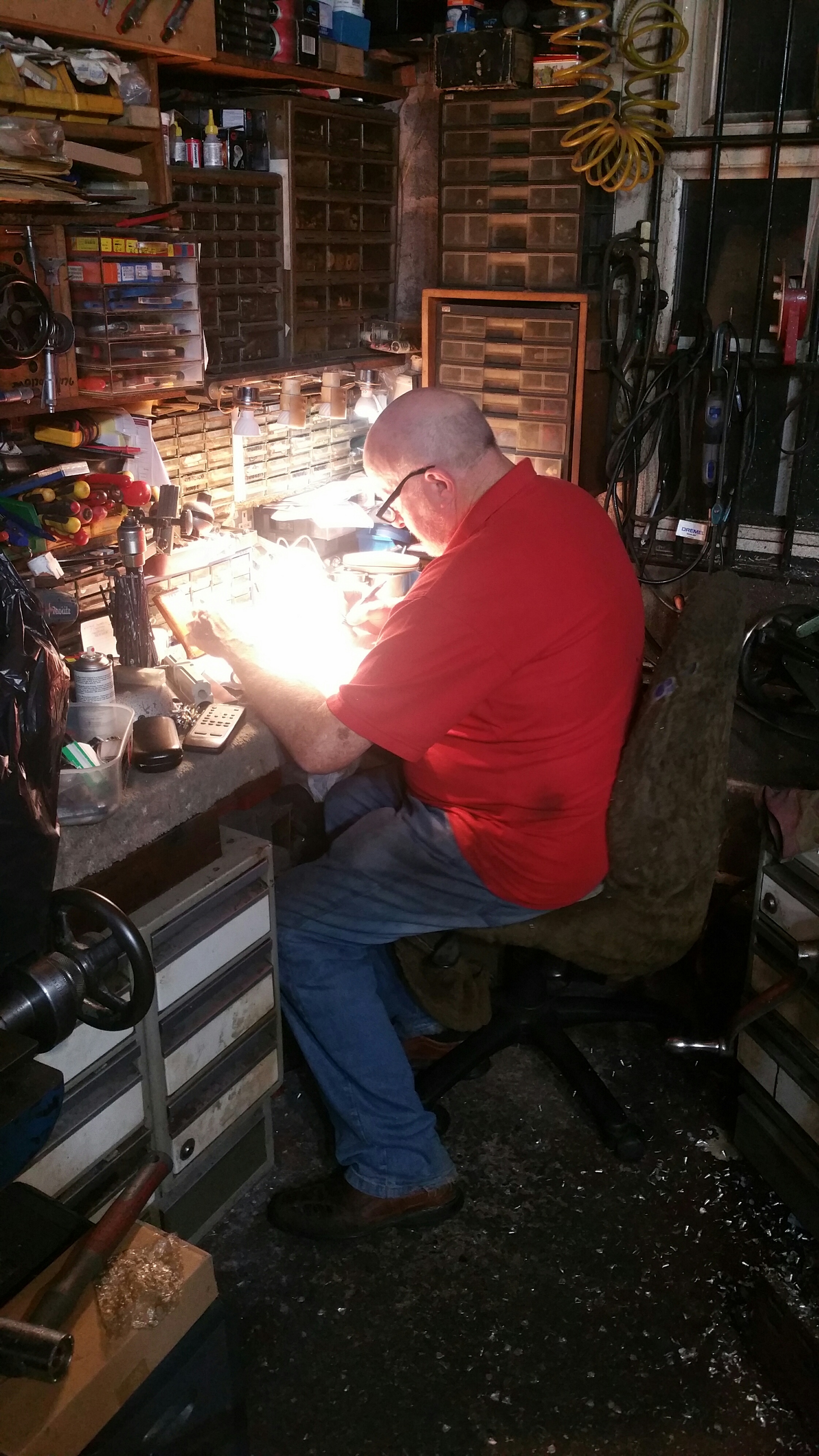
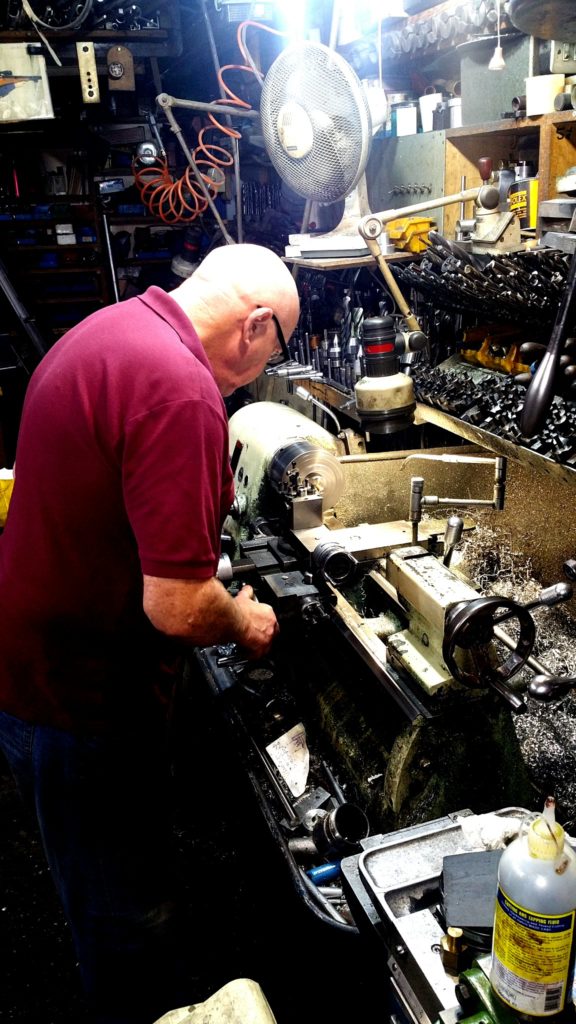
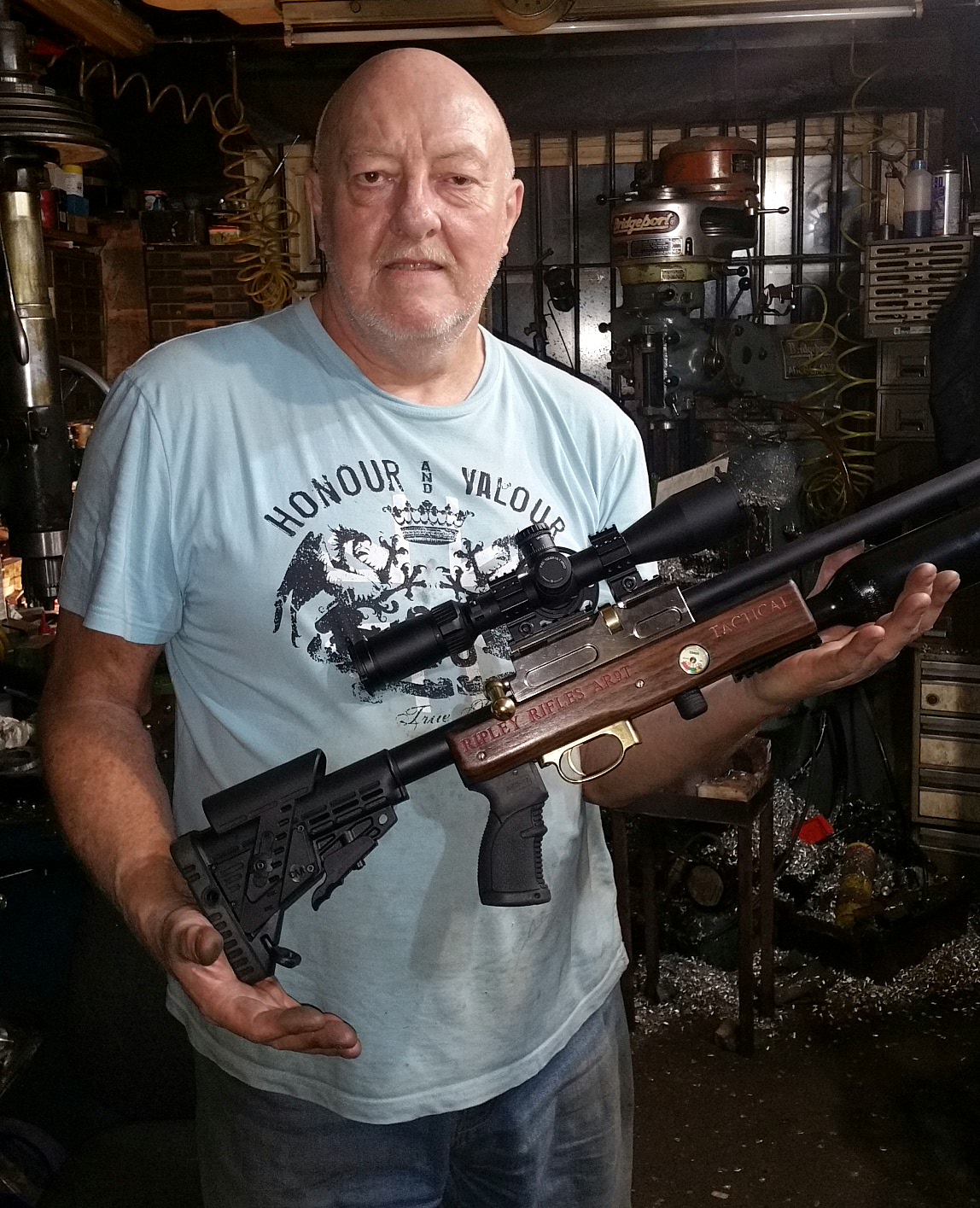
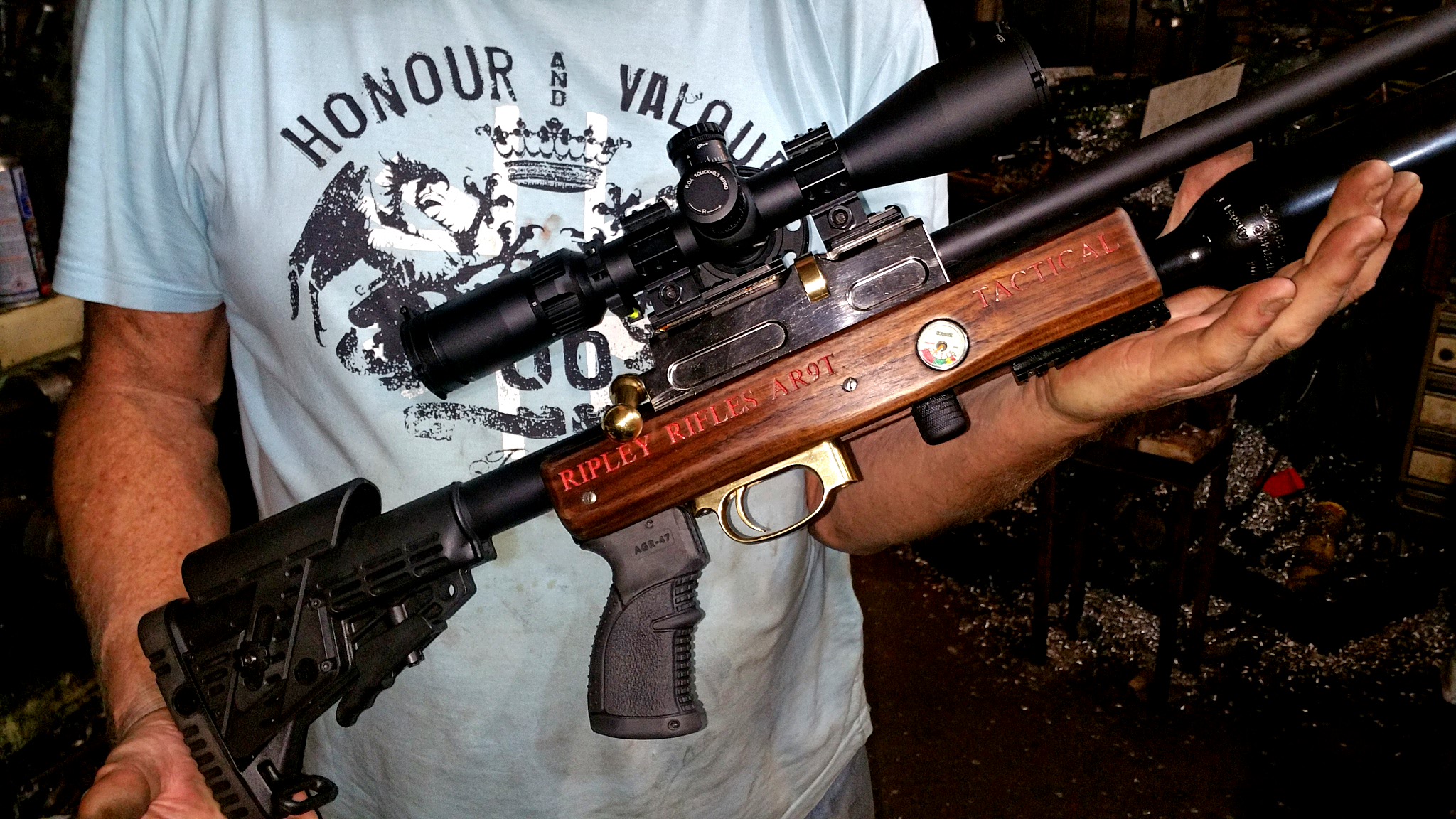
The true History of how the Modern Pneumatic Rifle was born.
Ripley Rifles Pioneers and Innovators
It was 1959, my father Joe Wilkins built a workshop located in Pinxton, Derbyshire.
A maintenance fitter by trade, working for the National Coal Board.
Being a countryman at heart, Joe was frequently to be found out hunting, generally with his air rifle,
a Webley Mklll .However anything that fired some sort of projectile, catapults, crossbows, longbows
etc. could be found at some time in his hands.
As 1968 arrived Joe bought a Benjamin pump up rifle from a gun shop in Carlton Hill, Nottingham,
Joe was very impressed with the Benjamin rifle. In his opinion the only recognisable downside was
having to pump up the rifle for every shot. Joe’s engineering talent recognised a challenge, what’s
better than having the cylinder pre-charged with air which negated the issue of pumping the rifle to
pressurise the cylinder for each and every shot.
Thinking laterally he thought about the issue for a while. Joe sourced a length of hydraulic tubing of
1 inch inside diameter and 1/8th inch wall thickness, with a Safe Working Pressure (SWP) of 6000
lbs per square inch (413 BAR). This was the first prototype tube used, although laughably some
sources are to this day suggesting that scaffold tubing was utilised.
Now the issue Joe encountered was how to pressurise the hydraulic tube (cylinder) to the required
pressure. Starting with the stirrup pump of his own design, and after a lot of hard work pumping the
achieved pressure was a modest 1200 lbs per square inch (psi) or 83 BAR.
It was at this time that I helped my father develop a two stage pump utilising a double action push
pull arrangement with a four foot lever. The first stage was 1½ inch diameter progressing down to ¾
inch diameter second stage. This was still very hard work (as are todays hand pumps used for air
rifle cylinder filling, probably more efficient than our prototype) but we managed a credible 4000 psi
(275 BAR).
We recognised that this method while effective, it was hard work. During discussions we hit upon
the idea of utilising a fridge compressor for the first stage 1½ inch piston developing 500 psi (34
BAR). Eventually after further experimentation just the ¾ inch stage was used reducing the load on
the compressor and successfully achieved 6000 psi (413 BAR).
Having proved the concept with the test bed prototype hydraulic tube was an elegant ,
reproducible and viable solution to the storage of compressed air for our PCP air rifle we continued
to develop and upgrade our storage device.
achievable
Safety being paramount we explored alternative tubing in order to increase the safety factor, high
pressure stainless steel tube was found that fulfilled our requirements, this was sourced and
purchased, as this also would enhance the aesthetics of any further finished product. This tube was
screw cut at both ends to facilitate assembly of devices inside the tube and a repeatable method of
sealing what now would become our rifle cylinder.
Now we had a viable solution for compressed air storage we turned to other issues.
There was now further pioneering and investigative research work needed to develop and produce
an efficient way of releasing air in a repeatable, stable way from our now perfected cylinder.
Experimenting with various types of engineering plastics (these were plastics that had proved
effective hopper liners at the Coal Board) for the inlet and exhaust valves, initially all types of
plastics failed at high pressure. This was proving difficult to solve with the polymer choices
available to us.
Around this time my father was involved in testing new materials from the Coal Board and a new
type of polymer was giving good results in their applications. This material was Polypropylene.
We experimented with this material and had great results, machined into valve parts it withstood
6000psi, the exhaust valve utilised machined polypropylene encapsulated in a stainless steel head.
This design is still used in many companies rifles today!
To further satisfy our quest for safety I hydrostatically tested a stainless steel cylinder as detailed
above to 5 ½ tonnes per square inch (12320psi or 849bar).
These pressures are not approached in today’s air rifles.
In those development years from 1968 to 1970 my father and I were at the forefront of cutting edge
designs for PCP air rifles, indeed at that time other gun companies were still using spring
technology in their latest products!
Joe Wilkins, my father, was well versed in high pressure vessels, he was a service engineer dealing
with compressors running at 20,000psi (1360bar) that were used in coal excavation, this method
was in preference to explosives.
In 1970 my father and I built a complete stainless steel air rifle with a 27 inch barrel, true pioneering
work at the edge of PCP air rifle technology, this rifle achieved 150 shots per cylinder fill.
Continuing to develop our innoative teachnology, in 1971 Joe manufactured a 30 shot repeating air
rifle that was christened and still recognised today as a major leap forward in technology, the
PREDATOR was born.
Using the above detailed technology Joe built many stainless steel pistols and rifles.
In 1976 we were approached by a prospective customer named Donald Lounds, subsequently
Donald purchased from us one rifle and one pistol. Shortly after Donald Lounds invited us to his
farm near Ashbourne for a day’s shooting. Maybe at the time or shortly after Donald asked if I could
design a tranquliser gun using our proven technology.
In response to this challenge I developed a dart with a small internal cylinder that could convey the
required tranquliser drug to its target. This worked perfectly and was a complete success. Darts at
that time used an explosive charge as a propellant, this was expensive and not without
contamination. Following on Donald commissioned me to build a dart air gun which I did and was
again successful.
Donald Lounds and I patented this design.
The MOD approached me at this time to design an air gun to propel small explosive missiles, much
like a small hand held mortar. Another successful project.
We are now at 1977 and we set up a company, we used a pre-registered company name, that
company was Daystate.
due to personal circumstances and the need for considerable investment to get the
company up and running for production we parted company with Donald and Daystate. Our designs
In 1978
were utilised by Daystate and modified for mass production and assembly.
My father Joe continued to manufacture bespoke air rifles for a broad spectrum of customers until
his illness in 1996. Joe sadly passed away in 2001 at the age of 75.
On my move to Ripley, Derbyshire in 1985 I built a workshop and commenced manufacturing air
rifles, concentrating initially on PCP Field Target Rifles progressively Ar3, Ar4, Ar5 and Ar5s. These
rifles won the World Championships 6 times, 3 consecutively.
Requests came in for a multi shot rifle for hunting, a self indexing nine shot rifle was developed, the
XL9, and proved an instant success.
Ripley Rifles continues to this day, a British company producing handmade bespoke, PCP air rifles,
made to order. The outstanding design covers many PCP air rifle scenarios both target and hunting.
Our customers can base their specific requirements on our technology and tailor to their needs,
barrel length, cylinder length, finish, stock, silenced or air stripper can all be accommodated to
customers wishes.
Many current air rifle brand names have assembly lines of bought out parts sourced around the
globe.
Ripley Rifles are handmade, built in house in the UK, to exacting standards at a price point that is
competitive to mass produced products
Ripley-Rifles-HistoryDownload
In the 1980s -1990s to Date – Russell Green has Been Part of the History Of Ripley Rifles Helping Steve In All Aspects Of The Ripley Story.
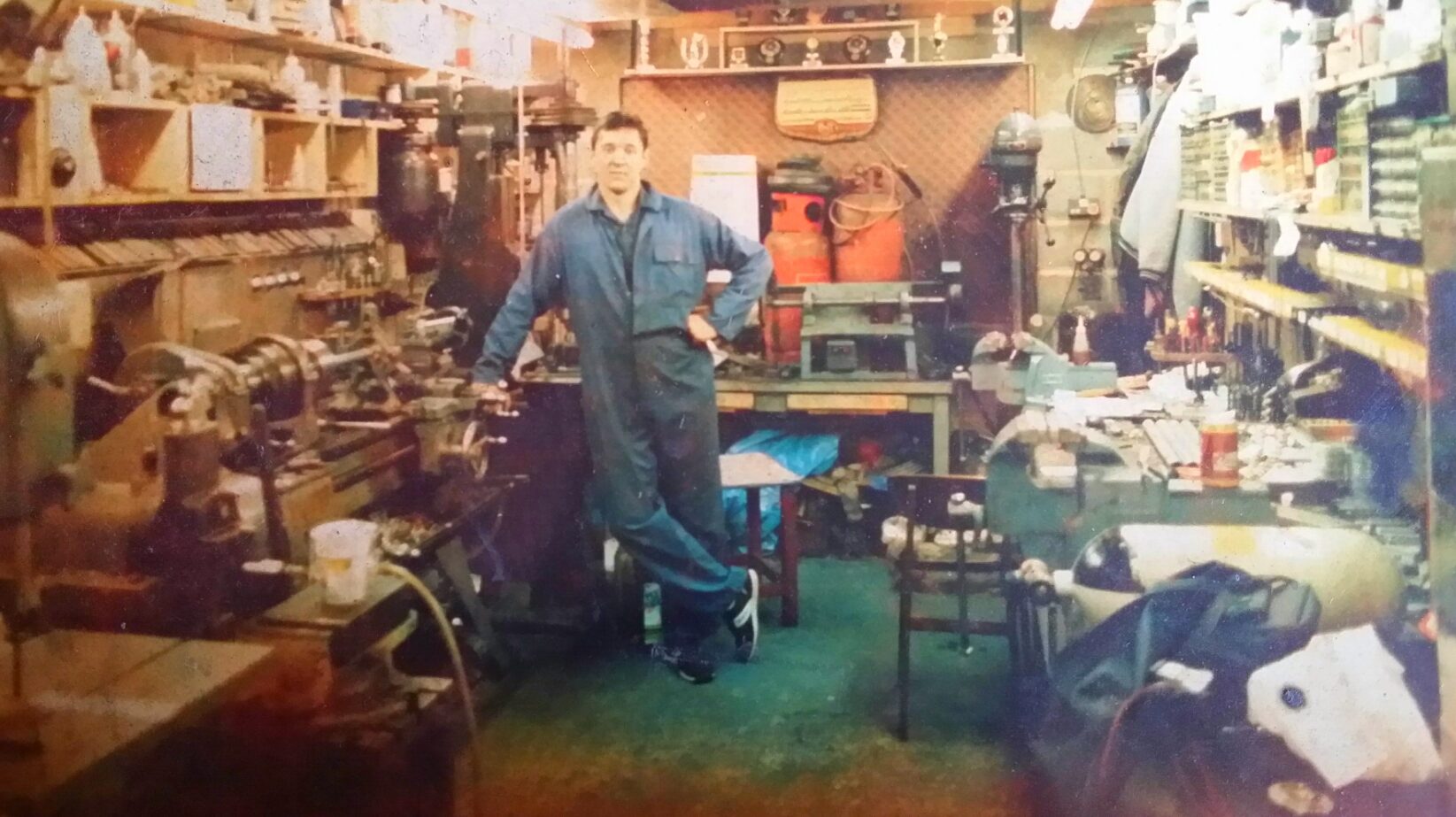
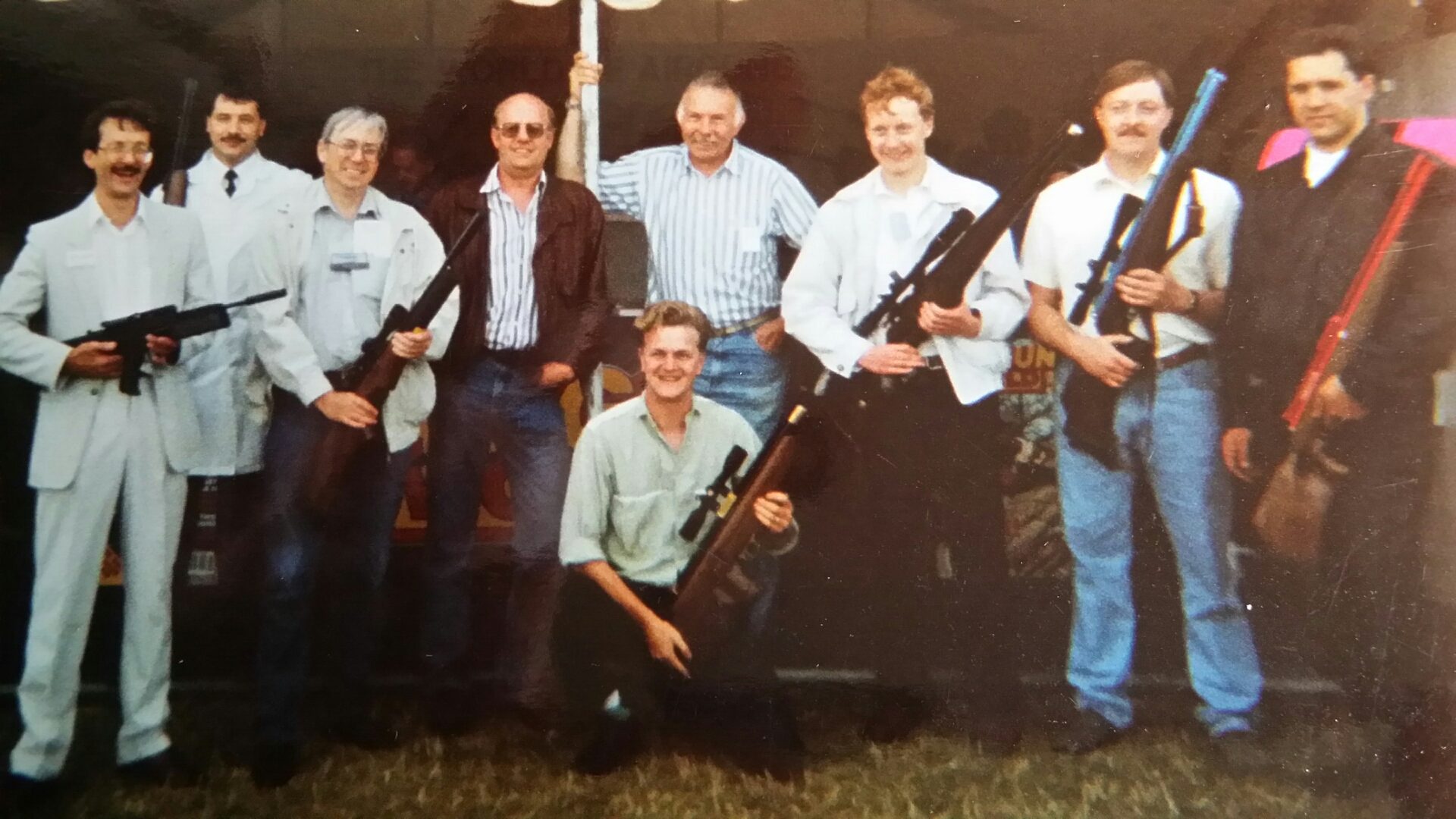
This Photo was taken at the Game Fair.
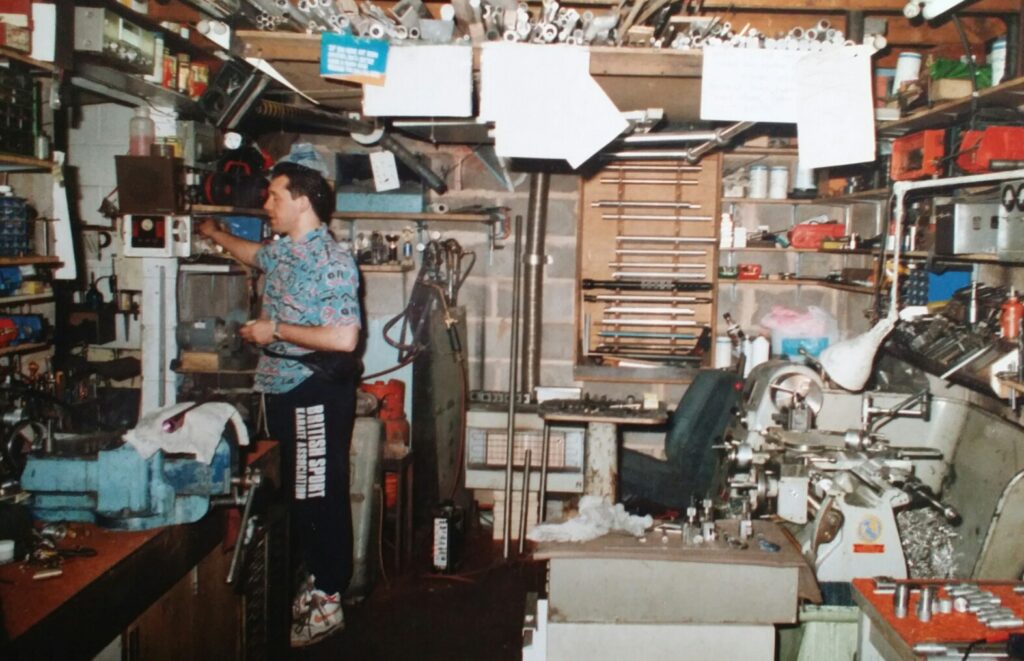
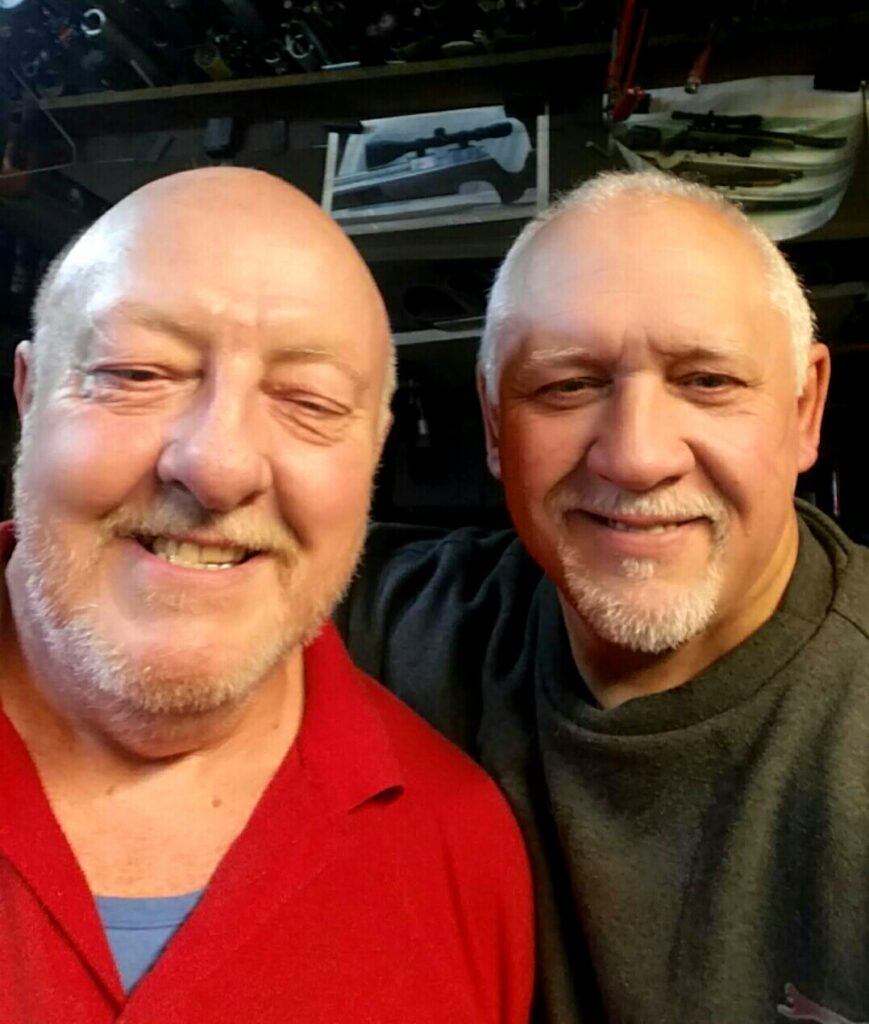
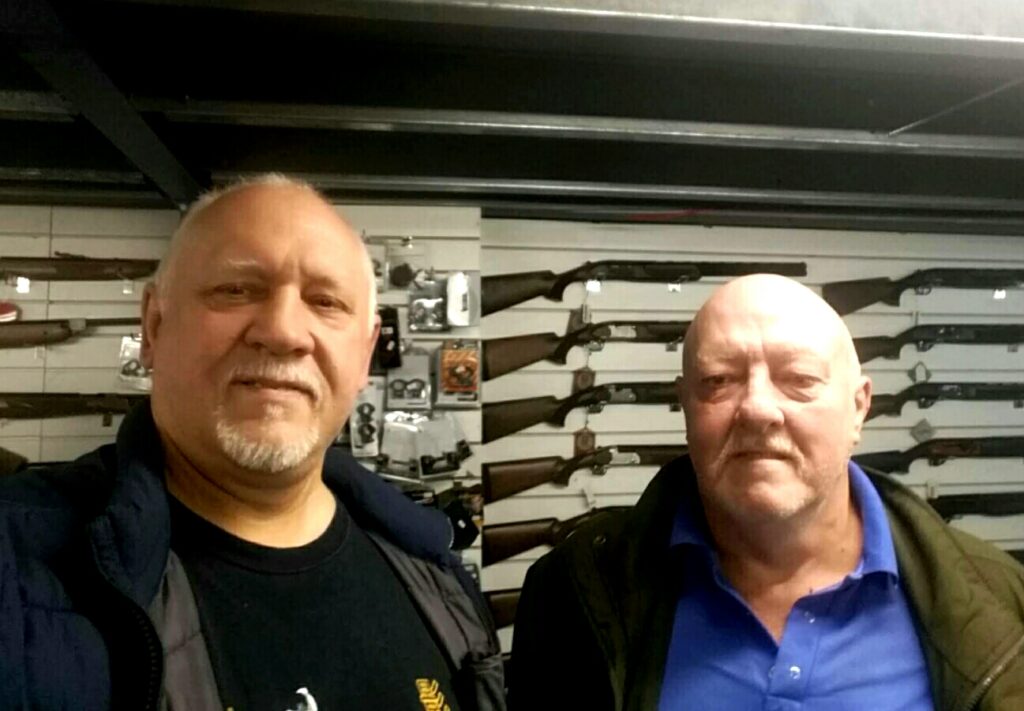
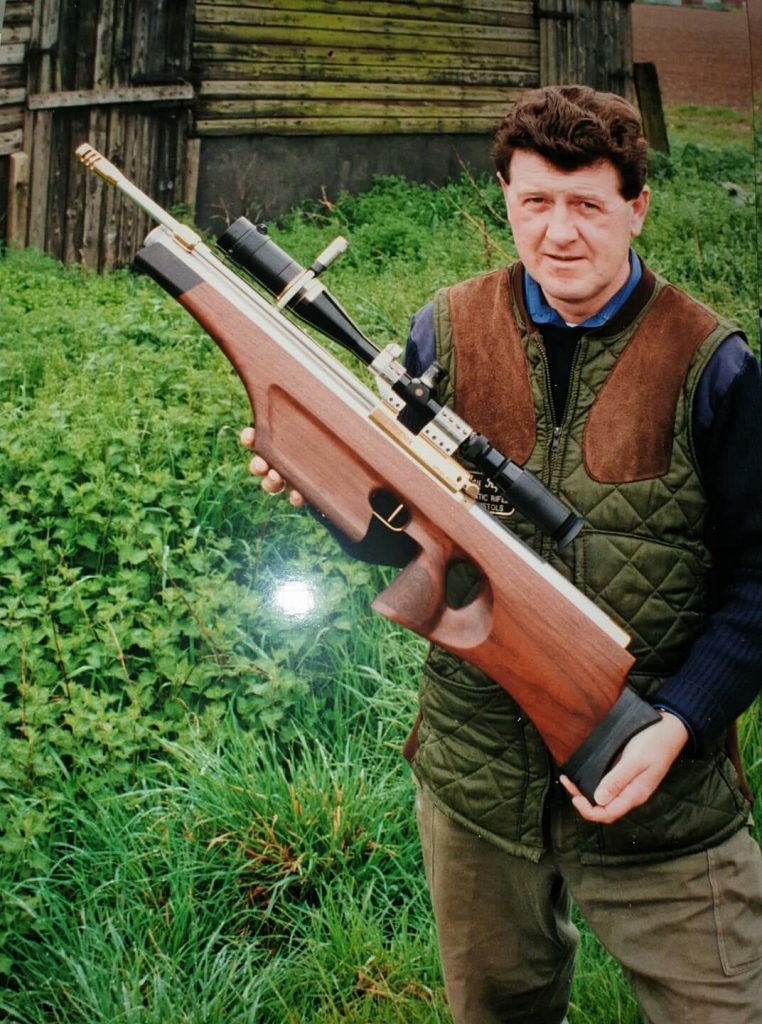
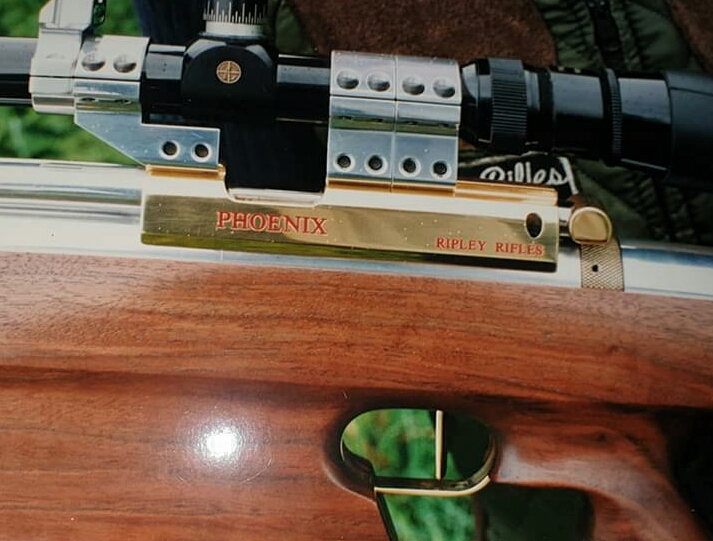
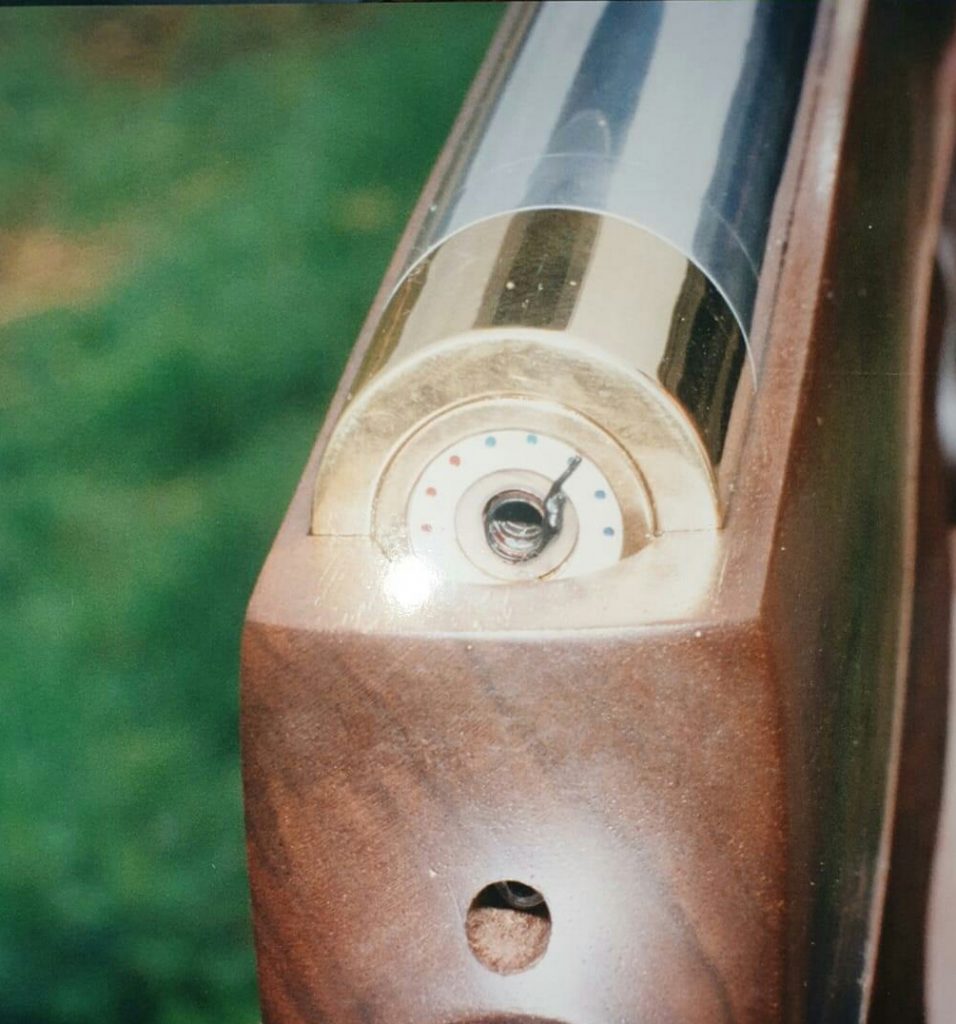
Site Navigation
- Home
- AR5s Field Target PCP Rifle.
- AR9T Limited Edition Nine Shot Tactical PCP Rifle.
- Current Price List.
- Deluxe NUPROL Hard Rifle Cases.
- How To Contact Us.
- LINKS PAGE.
- Ripley Rifles Deluxe Badge.
- Ripley Rifles News.
- Ripley Rifles Photo’s 1.
- Ripley Rifles Photo’s 2.
- Steve & Joe Wilkins Master Airgun Smiths Since 1968.
- XL9 Multi Shot PCP Rifle
- Back in Time Write-ups.